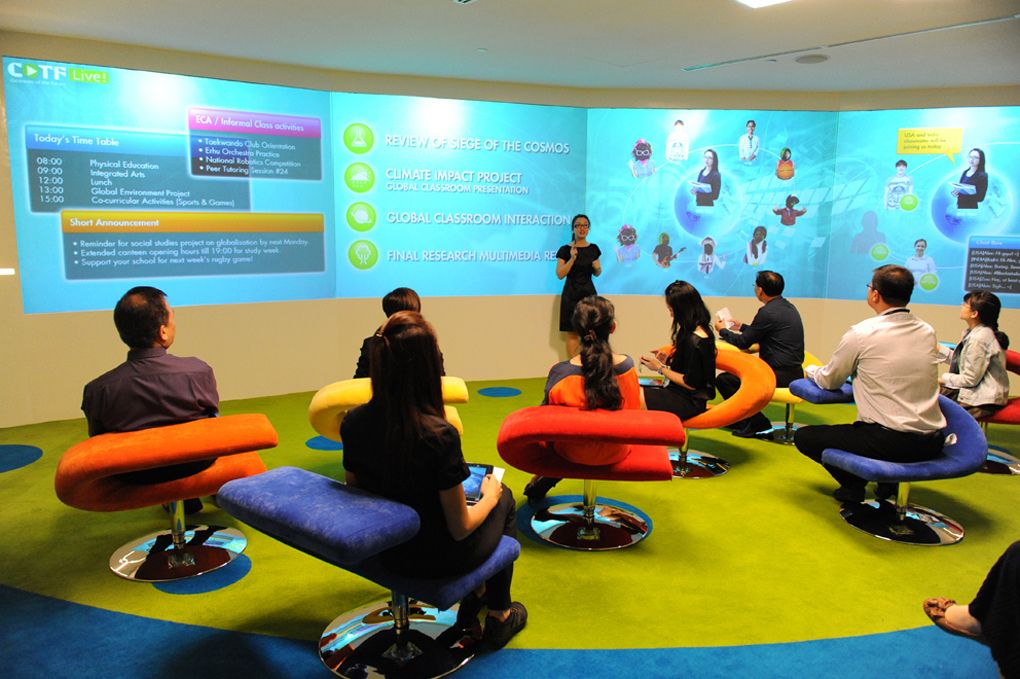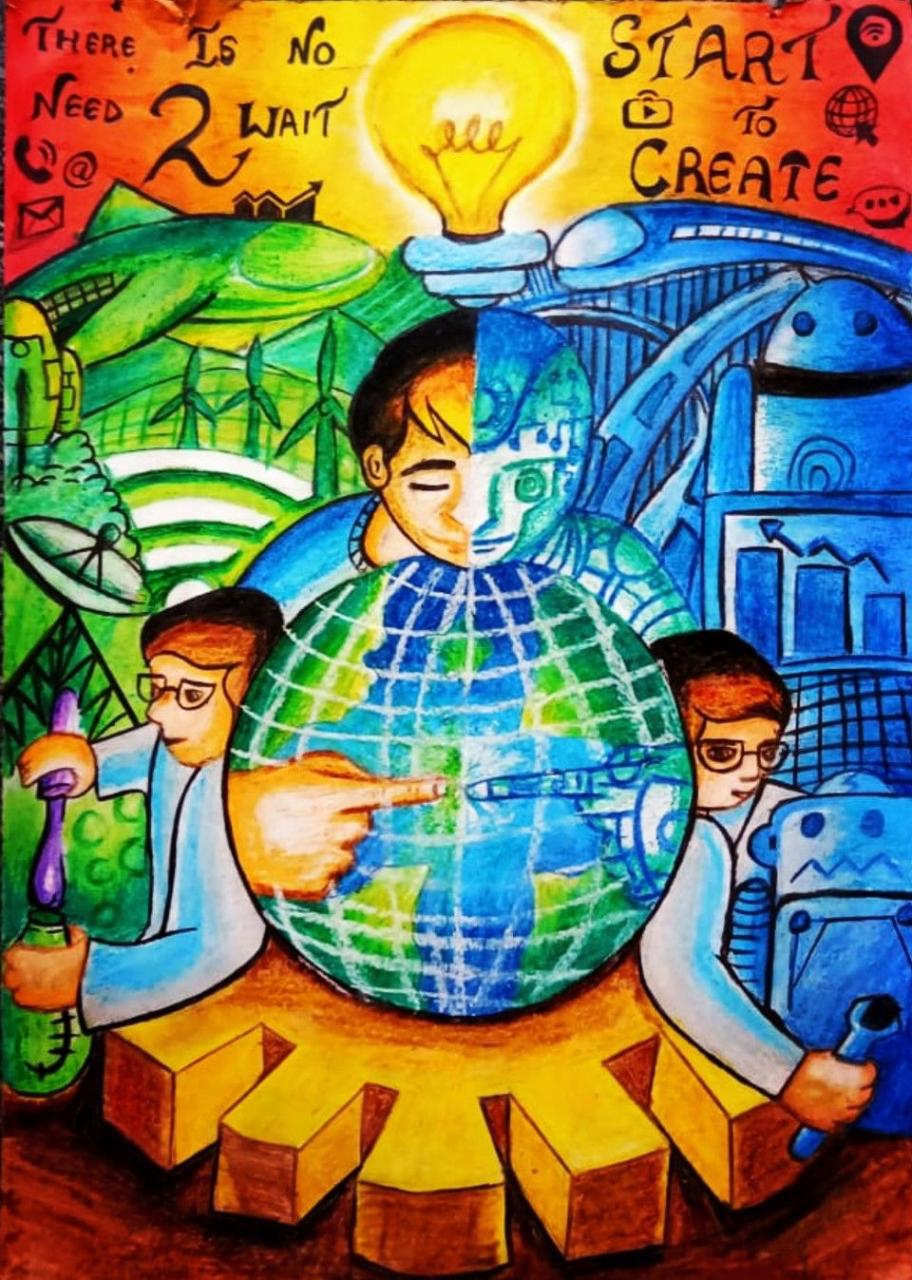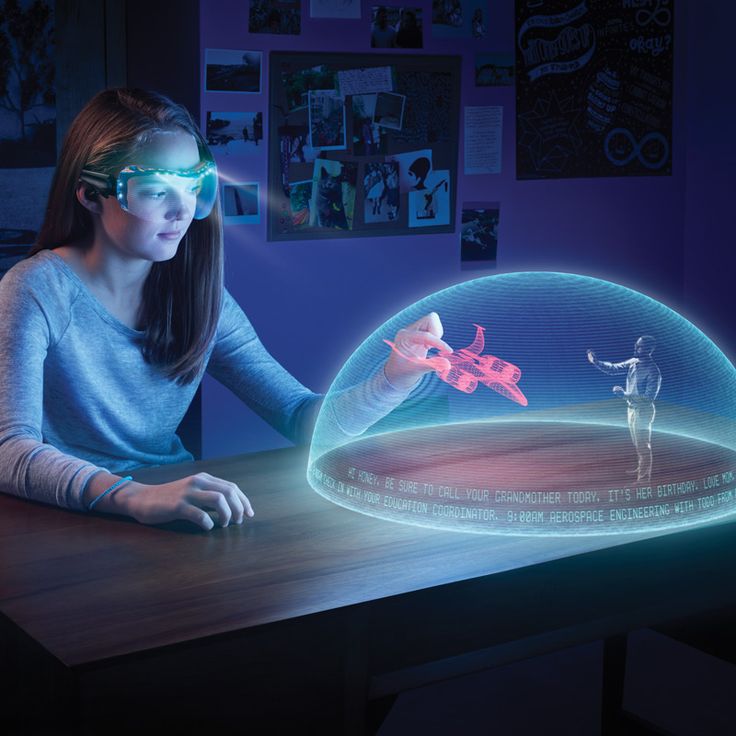
Future Learning: Sustainability Education Rises
In an era defined by pressing environmental challenges and a global push for conscious living, sustainability education has transcended its niche origins to become a foundational pillar of modern learning. It’s no longer just an academic add-on but a critical lens through which we understand our world, empowering individuals with the knowledge, skills, and values needed to foster a more resilient and equitable future. For institutions, educators, and content creators, recognizing the escalating importance of this field is paramount. It offers not only the chance to shape future generations but also a significant opportunity for SEO optimization and high Google AdSense revenue, given the surging public interest in eco-conscious topics. This comprehensive article will delve into the multifaceted dimensions of sustainability education, exploring its core principles, varied applications across different learning stages, and the profound impact it holds for both individuals and the planet.
The Imperative of Sustainability Education
The urgency driving the rise of sustainability education is undeniable. Our planet faces unprecedented challenges: climate change, biodiversity loss, resource depletion, pollution, and social inequality. Traditional education systems, often siloed into distinct disciplines, have struggled to equip learners with the holistic understanding needed to address these interconnected crises. Sustainability education bridges these gaps, fostering interdisciplinary thinking and promoting a systemic view of environmental, social, and economic issues. It’s about cultivating a generation that doesn’t just understand problems but is actively engaged in finding solutions.
Why is this form of education so vital now?
- Global Challenges Demand Global Solutions: Issues like climate change don’t respect borders. Educating individuals about their interconnectedness is essential for collective action.
- Empowering Informed Citizens: A truly sustainable society requires citizens who can critically evaluate information, make responsible choices, and advocate for systemic change.
- Fostering Innovation: Solving complex sustainability challenges requires creative, out-of-the-box thinking, which sustainability education aims to nurture.
- Building Green Economies: The transition to a sustainable future will create new industries and jobs. Education must prepare the workforce for these emerging opportunities.
- Promoting Equity and Justice: Sustainability inherently includes social justice, ensuring that solutions benefit all people, not just a privileged few. Education plays a role in fostering empathy and understanding.
- Shifting Mindsets: Beyond knowledge, sustainability education cultivates a deep sense of responsibility, connection to nature, and an ethic of care for the planet.
This educational paradigm shift is transforming how we teach and learn, moving beyond rote memorization to foster critical thinking, problem-solving, and a profound sense of purpose.
Core Pillars of Sustainability Education
Effective sustainability education is built upon a framework of interconnected principles that guide its curriculum development and pedagogical approaches. These pillars ensure a holistic and impactful learning experience.
A. Interdisciplinarity and Systems Thinking
Sustainability issues are inherently complex and cannot be understood through a single academic lens. This pillar emphasizes breaking down traditional disciplinary boundaries.
- Connecting the Dots: Learning about how environmental degradation impacts social equity, or how economic policies influence ecological health. For example, understanding that deforestation (environmental) impacts indigenous communities (social) and can be driven by demand for certain products (economic).
- Holistic Problem Solving: Moving beyond linear cause-and-effect to understand complex feedback loops and unintended consequences within systems. Recognizing that a “solution” in one area might create a new problem elsewhere.
- Cross-Disciplinary Collaboration: Encouraging students to integrate knowledge from natural sciences, social sciences, humanities, engineering, and arts to analyze and solve problems.
- Real-World Contexts: Applying theoretical knowledge to actual sustainability challenges in local and global communities, making learning relevant and tangible.
B. Critical Thinking and Problem-Solving
Sustainability education aims to cultivate learners who can critically analyze information, identify root causes of problems, and develop innovative solutions.
- Questioning Assumptions: Encouraging skepticism towards unsustainable practices and conventional wisdom. Why do we consume so much? What are the true costs of production?
- Scenario Planning: Exploring various future scenarios based on different sustainability pathways, helping learners understand potential outcomes of current actions.
- Solution-Oriented Approaches: Focusing on developing practical, viable solutions rather than just dwelling on the problems. This includes design thinking, engineering solutions, and policy development.
- Ethical Reasoning: Engaging with the ethical dimensions of sustainability, such as intergenerational equity, environmental justice, and corporate responsibility.
C. Experiential Learning and Action-Oriented Pedagogy
Learning by doing is central to embedding sustainability principles and fostering a sense of agency.
- Field Trips and Site Visits: Visiting natural ecosystems, sustainable farms, recycling facilities, or green buildings to observe real-world applications and challenges.
- Community Projects: Engaging in local sustainability initiatives, such as community gardens, waste reduction programs, or environmental clean-ups. This builds a connection to place and fosters civic responsibility.
- Service Learning: Integrating community service with academic learning, allowing students to apply their knowledge to real-world sustainability issues while serving others.
- Simulations and Games: Using interactive tools to model complex environmental or social systems, allowing learners to experiment with different solutions and observe their impacts.
- Hands-On Research: Conducting scientific investigations related to local environmental issues, from water quality testing to biodiversity surveys.
D. Values and Ethics Development
Sustainability education is deeply rooted in values that promote respect for life, justice, and responsibility.
- Empathy and Compassion: Fostering a deeper connection to nature and an understanding of the impacts of human actions on ecosystems and vulnerable communities.
- Responsibility and Stewardship: Instilling a sense of personal and collective responsibility for environmental protection and social well-being.
- Intergenerational Equity: Understanding the ethical obligation to meet the needs of the present without compromising the ability of future generations to meet their own needs.
- Cultural Sensitivity: Recognizing diverse cultural perspectives on nature and sustainability, valuing indigenous knowledge and practices.
E. Future-Oriented Thinking
Sustainability inherently requires looking ahead, anticipating future challenges, and envisioning desirable futures.
- Long-Term Perspectives: Encouraging consideration of the long-term consequences of decisions, beyond immediate gratification or short-term economic gains.
- Adaptive Capacity: Developing the ability to adapt to changing environmental conditions and to build resilience in communities and systems.
- Visioning Sustainable Futures: Engaging learners in imagining and designing alternative, more sustainable ways of living and organizing society.
Stages of Sustainability Education: A Lifelong Journey
Sustainability education is not confined to a single academic discipline or age group; it’s a lifelong learning process that begins early and evolves with increasing complexity.
A. Early Childhood Education (Preschool & Kindergarten)
At this foundational stage, the focus is on fostering a connection with nature and developing a sense of wonder and care.
- Outdoor Play and Exploration: Encouraging direct interaction with natural environments (gardens, parks, forests) to build appreciation for biodiversity.
- Simple Conservation Practices: Introducing concepts like recycling, saving water, and reducing waste in an age-appropriate manner.
- Storytelling and Art: Using narratives and creative expression to convey messages about nature, animals, and responsible living.
- Gardening and Food Awareness: Hands-on experience with growing plants and understanding where food comes from.
B. Primary and Secondary Education (K-12)
This stage integrates sustainability concepts across the curriculum, building foundational knowledge and critical thinking skills.
- Science: Learning about ecosystems, climate science, biodiversity, and renewable energy.
- Social Studies/Geography: Exploring global environmental issues, environmental justice, sustainable development goals (SDGs), and the impact of human societies on the environment.
- Math: Analyzing data related to energy consumption, waste production, and carbon footprints.
- Language Arts: Reading and discussing environmental literature, writing persuasive essays on sustainability topics.
- Arts: Creating art from recycled materials, designing posters for environmental campaigns.
- School-Wide Initiatives: Implementing recycling programs, composting, energy audits, and school gardens.
C. Higher Education (Universities & Colleges)
At this level, sustainability education becomes more specialized, interdisciplinary, and research-focused, preparing future professionals and leaders.
- Specialized Degrees: Offering degrees in environmental science, sustainable development, ecological engineering, urban planning, renewable energy, and corporate sustainability.
- Curriculum Integration: Embedding sustainability themes and modules across all disciplines, from business and law to medicine and arts. Every graduate, regardless of major, should have a foundational understanding of sustainability.
- Research and Innovation: Universities become hubs for cutting-edge research into sustainable technologies, policies, and social innovations.
- Campus Sustainability: Universities lead by example through green building initiatives, renewable energy use, waste reduction, and sustainable procurement policies on campus.
- Community Engagement: Partnering with local communities and organizations on sustainability projects, providing real-world learning opportunities for students.
D. Professional Development and Adult Learning
Sustainability education extends beyond formal schooling, catering to professionals, policymakers, and the general public.
- Corporate Training: Equipping employees with skills for sustainable business practices, corporate social responsibility (CSR), and green innovation.
- Policy Development: Educating policymakers on climate science, environmental regulations, and sustainable development frameworks.
- Community Workshops: Offering public education programs on topics like home energy efficiency, sustainable gardening, composting, and responsible consumption.
- Online Courses and MOOCs: Providing accessible, flexible learning opportunities for anyone interested in sustainability, regardless of their background.
- Lifelong Learning: Encouraging continuous learning and adaptation as sustainability science evolves and new challenges emerge.
Pedagogical Approaches in Sustainability Education

The “how” of teaching sustainability is as crucial as the “what.” Effective methodologies move beyond traditional lectures to engage learners actively and foster deep understanding.
A. Problem-Based Learning (PBL)
Students work in groups to solve complex, open-ended sustainability problems, developing critical thinking, research, and collaboration skills.
- Real-World Scenarios: Presenting authentic challenges like “How can our city reduce its plastic waste by 50%?” or “Design a sustainable energy system for a remote village.”
- Interdisciplinary Collaboration: Students are encouraged to draw on various disciplines to find solutions.
- Student-Driven Inquiry: Learners take ownership of their learning, researching and proposing solutions.
B. Project-Based Learning (PjBL)
Similar to PBL, but typically results in a tangible product or outcome, such as building a school garden, designing a sustainable product, or developing a public awareness campaign.
- Tangible Outcomes: Creates a sense of accomplishment and demonstrates practical application of knowledge.
- Community Engagement: Projects often involve collaboration with local stakeholders.
- Skill Development: Fosters teamwork, project management, and presentation skills.
C. Place-Based Education
Connecting learning to the local environment, community, and culture, fostering a sense of stewardship and belonging.
- Local Ecosystems: Studying local rivers, forests, or urban green spaces to understand ecological principles.
- Community Issues: Addressing local environmental or social justice concerns through educational initiatives.
- Cultural Context: Exploring indigenous knowledge and traditional ecological practices relevant to the local environment.
D. Inquiry-Based Learning
Encouraging students to ask questions, investigate phenomena, and construct their own understanding of sustainability concepts.
- Student-Led Questions: Rather than just providing answers, educators guide students to formulate their own questions about sustainability.
- Exploration and Discovery: Learners actively engage in scientific investigation, data analysis, and critical evaluation.
E. Transformative Learning
Aiming to fundamentally shift learners’ perspectives, values, and assumptions about the world and their role in it.
- Reflection and Dialogue: Encouraging deep reflection on personal values and beliefs related to consumption, justice, and environmental impact.
- Challenging Worldviews: Exposing learners to diverse perspectives and alternative ways of thinking about human-nature relationships.
- Empowerment: Helping individuals see themselves as agents of change capable of contributing to a more sustainable future.
Challenges and Opportunities in Expanding Sustainability Education
Despite its undeniable importance, the widespread integration of sustainability education faces several hurdles, but also presents immense opportunities for growth and innovation.
A. Challenges
- Curriculum Overload: Existing educational curricula are often packed, making it difficult to integrate new sustainability content without displacing other subjects.
- Teacher Training: Many educators lack formal training in sustainability concepts and pedagogical approaches, requiring significant professional development.
- Lack of Resources: Schools and institutions may lack funding for materials, field trips, or specialized equipment needed for experiential learning.
- Resistance to Change: Inertia within educational systems and resistance from stakeholders who may not see sustainability as a core educational priority.
- Measuring Impact: Quantifying the long-term impact of sustainability education on student behavior, values, and societal change can be challenging.
- Political and Ideological Barriers: In some regions, sustainability (especially climate change) can be a politically charged topic, creating barriers to its inclusion in curriculum.
B. Opportunities
- Growing Student and Parent Demand: Increasing awareness of environmental issues among younger generations and their parents is driving demand for relevant education.
- Technological Advancements: Digital tools, virtual reality (VR), augmented reality (AR), and online platforms offer new, immersive ways to teach sustainability concepts.
- Policy Support: Increasing governmental and international body support for integrating sustainability into educational frameworks (e.g., UNESCO’s Education for Sustainable Development).
- Funding and Grants: Growing opportunities for funding from environmental organizations, foundations, and government initiatives.
- Interdisciplinary Synergy: Sustainability’s inherent interdisciplinarity allows for natural connections across subjects, fostering a more integrated and meaningful learning experience.
- Career Readiness: Equipping students with highly sought-after skills for the rapidly expanding green economy and socially responsible businesses.
- Global Collaboration: Opportunities for international partnerships and knowledge sharing among educational institutions focused on sustainability.
The Future of Learning: Sustainability as a Core Competency
The trajectory of sustainability education suggests it will no longer be a separate subject but an embedded competency, woven into the fabric of all learning.
- Integrated Learning Journeys: From early childhood to professional development, sustainability concepts will be seamlessly integrated into every discipline, ensuring a holistic understanding of its relevance.
- Action-Oriented Curricula: A greater emphasis on practical projects, problem-solving, and community engagement, moving beyond theoretical knowledge to tangible impact.
- Digital and Immersive Tools: Increased use of VR, AR, and AI to create immersive learning experiences that simulate complex environmental systems and future scenarios.
- Global Citizenship: Fostering a generation of globally conscious citizens who understand their role in addressing interconnected planetary challenges.
- Lifelong Learning Ecosystems: A continuous loop of learning, unlearning, and relearning as sustainability science evolves, with accessible resources for all ages and professions.
- Ethical Leadership: Training leaders across all sectors who prioritize long-term planetary well-being alongside economic prosperity.
Nurturing a Sustainable Future Through Education

Sustainability education is more than just teaching facts about the environment; it is a transformative process that cultivates critical thinking, empathy, and a profound sense of responsibility for our shared planet. By integrating this vital knowledge across all levels of learning, from early childhood discovery to advanced professional development, we are not merely informing; we are empowering a new generation of problem-solvers, innovators, and mindful global citizens. The momentum behind this educational movement is undeniable, driven by urgent planetary needs and a growing collective consciousness. Embracing and investing in robust sustainability education is an investment in a resilient, equitable, and flourishing future for all. For content creators and platforms, providing high-quality, engaging, and accessible information on this topic not only serves a crucial societal need but also taps into a rapidly expanding audience, ensuring strong SEO performance and robust Google AdSense revenue. The future of our world hinges on our ability to learn, adapt, and build sustainably, and education is the bedrock upon which that future will be built.
